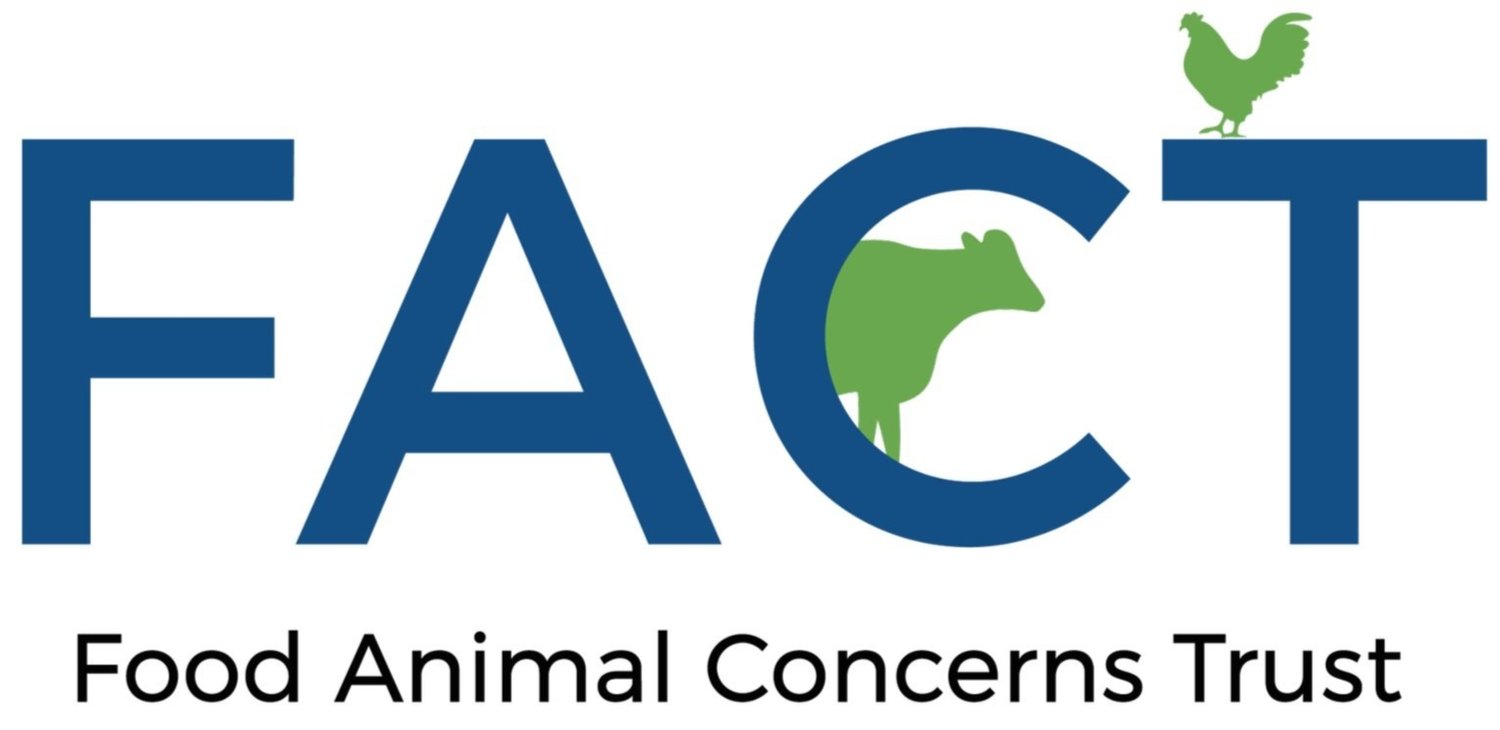Dairy Goats in America
By Katie Meade, Humane Farming Program Associate
The history of dairy goats in America is a fascinating journey, from early settlers to modern-day brush management. Though small in stature compared to most livestock, dairy goats are big on personality and impact when it comes to agricultural trends and cultural changes.
Goats were among the first animals to be domesticated for dairy production, with records dating back to around 10,000 years ago in the Middle East. It wasn't until the 1500s that goats made their way to the Americas, alongside Spanish explorers and missionaries. Well-suited to arid climates and a variety of browse (bushes) and forage, goats proved to be a lifeline. They finally arrived in North America with early European settlers in the 1600s, who brought them along for their reliable milk supply and hardiness. Goats have been an agricultural staple on our continent ever since.
In the early 20th century, there was a notable shift in the breed selection of dairy goats in America when several European breeds were imported to greatly improve the quality and quantity of milk production. Breeds like the Toggenburg, Saanen, and Alpine became popular for their high milk yield and adaptability to different climates and can readily be found today on homesteads and large-scale farms alike.
Over the years, dairy goat farming has grown significantly, with more than 400,000 dairy goats recorded in the United States. These small and robust livestock play a crucial role in regenerative and sustainable agriculture, as goats require less land and resources than cows and are well-suited to a variety of environments. Additionally, goats can serve as dual-purpose for food (meat and dairy) as well as in land management. Programs like Goats on the Go provide landowners access to established goat farmers who can use their herds to manage brush, fire fuels, and invasive species. This cooperative program can build bonds between community members and farmers, benefiting both parties.
On the nutritional front, goat milk can be easier to digest for some people compared to cow's milk, making it a popular choice for those with lactose intolerance.
Dairy goats are a vital part of American agriculture as they benefit the land, our diets and cross cultural boundaries. Whether it’s a love of their cheese, fresh milk, or their playful personalities that draw you in, dairy goats can undoubtedly earn their keep on a well-managed humane farm with good fences.



